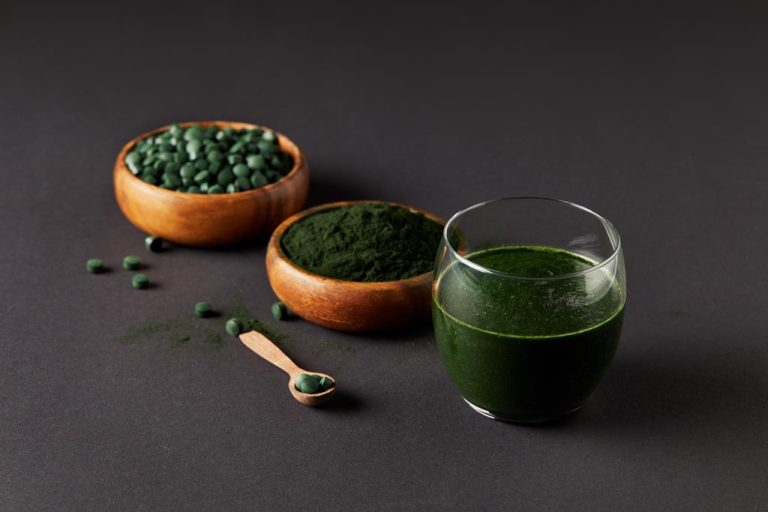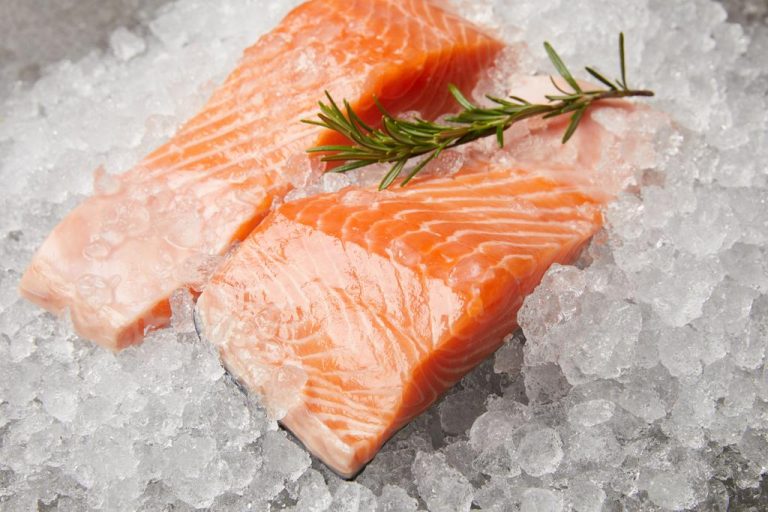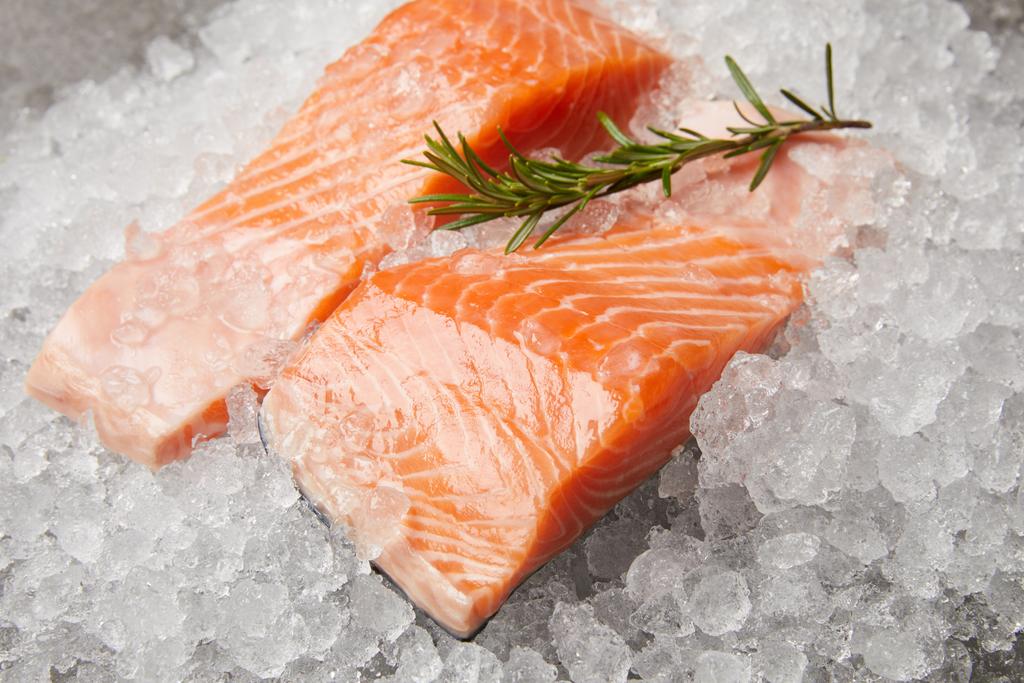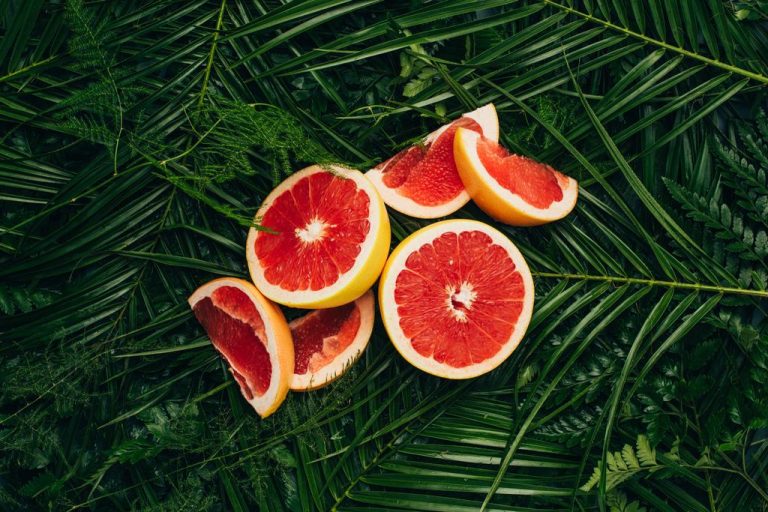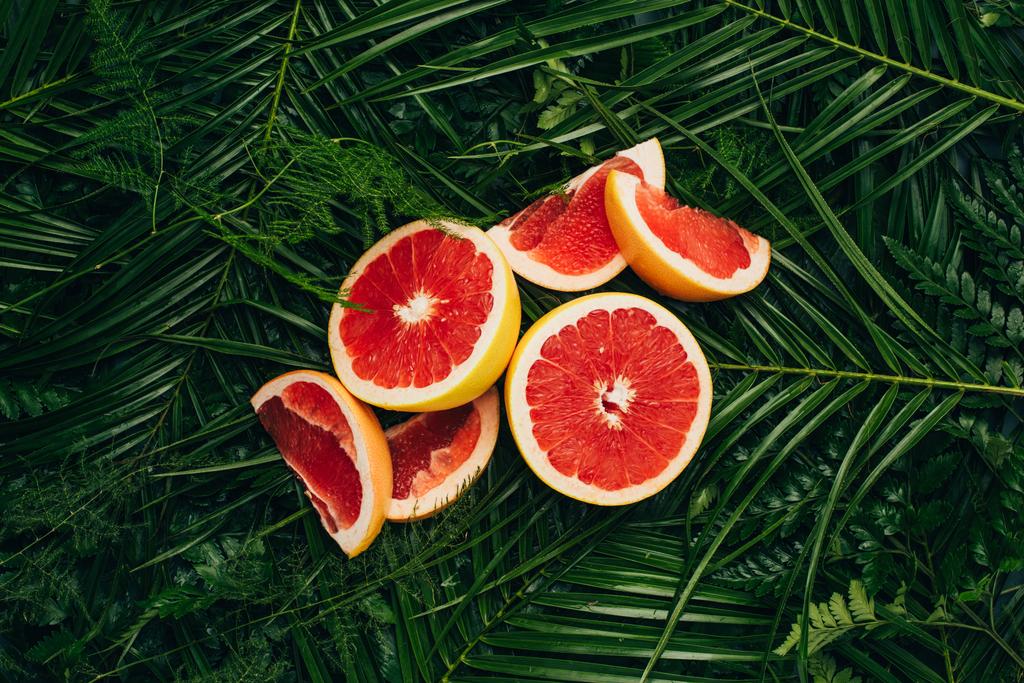It’s tiny, blue-green and comes from the sea – we’re talking about the microalgae Spirulina. It is heralded as the new miracle weapon in the fight against aging, lifestyle diseases and unhealthy lifestyles.
Rich in nutrients, the spirulina algae from the tropical and subtropical regions of the world are said to compensate for deficits and help with weight loss and muscle building.
Algae are actually only new as food in our latitudes, in the regions of origin the green organisms from the sea have been an integral part of the menu for centuries. Because spirulina algae are also very undemanding to thrive in salt and brackish water, they are also considered an opportunity in the fight against hunger. And the microalgae are also said to be good for the climate: during their growth, they convert carbon dioxide into oxygen through photosynthesis. An all-round positive balance, then? We did some research for you.
Up to 35 Spirulina Algae
Spirulina, or actually Arthrospira, belongs to the genus of cyanobacteria. Cyanobacteria, or blue-green algae in German, are tiny spiral-shaped bacteria. A single blue-green algae is only about 0.5 millimeters long and, in addition to the green chlorophyll, also contains blue color pigments, which gave the genus its name. There are up to 35 different types of spirulina algae, the best known and most common being Spirulina platensis and Spirulina maxima. However, it is disputed whether these are actually different species or simply local adaptations of a single algal species to local conditions.
Like all green plants, microalgae use chlorophyll a for photosynthesis to generate energy. One kilogram of algae can break down around 1.5 kilograms of carbon dioxide (CO2) and convert it into one kilogram of oxygen. This effect may have led to the formation of today’s earth’s atmosphere billions of years ago.
Spirulina: Occurrence and Cultivation
Spirulina algae love heat and direct sunlight. Because of this, they occur naturally in all tropical and subtropical regions. They are native to saline, alkaline shallow waters such as salt lakes, brackish water or shallow lagoons. There, millions of microalgae form an intense blue-green colored algae carpet. The tiny algae displace other microorganisms and are therefore relatively easy to harvest “sorted”.
Industrial production also takes advantage of this. Cultivation takes place in warm, shallow saltwater pools (water temperature up to 35° Celsius), also in otherwise infertile areas such as deserts or steppes. The direct sunlight and the CO2 introduced into the water ensure faster growth of the algae. The algae are produced in Asia (especially India), South America, Africa, Hawaii, California and now also in Europe, for example in Normandy (here, however, mostly for biogas production, not for consumption).
The ingredients: Is there really that much protein in spirulina algae?
The cyanobacteria, which have existed for billions of years, are true nutritional wonders. They contain around 60 percent protein and are therefore in the top class. The protein from the blue-green algae also contains all the essential amino acids. But the small algae is also very large when it comes to minerals and vitamins (the range of fluctuation results from the difference in the water of the cultivated algae): per 100 grams it contains 400-700 mg calcium, 400-480 mg magnesium, 50-100 mg iron, 100-300 mg selenium and 180 mg beta-carotene. In addition, the content of B vitamins (especially the important vitamin B12) and vitamin E is relatively high. In contrast to other seaweed, spirulina contains little iodine, which makes daily consumption safe.
Spirulina powder or Spirulina tablets?
Whether you choose powder or tablets is literally a matter of taste. The powder has gone through one less processing step and is therefore less likely to lose nutrients. However, it doesn’t taste particularly good, making it difficult to incorporate into your daily diet. It is best drunk as part of a green smoothie with fruit or vegetables, where the taste is masked. Spirulina tablets are compressed and are simply swallowed with some liquid. The taste is hardly disturbing, but valuable ingredients can be lost through the pressing.
Similar, but different: Spirulina and Chlorella
At first glance, spirulina and chlorella look pretty similar. Both are green microalgae. But while spirulina is a multicellular, spiral-shaped bacterium, chlorella is a unicellular organism with an indigestible cell membrane. Harvesting and processing chlorella is therefore much more complex, which is also reflected in the higher price.
Both microalgae are very nutritious, but the blue-green spirulina comes out on top in comparison. However, chlorella has a decisive advantage: Because the single-celled organism is more difficult to cultivate, contamination with other algae is rather unlikely. In the case of spirulina, on the other hand, cases of products contaminated by toxic blue-green algae are known.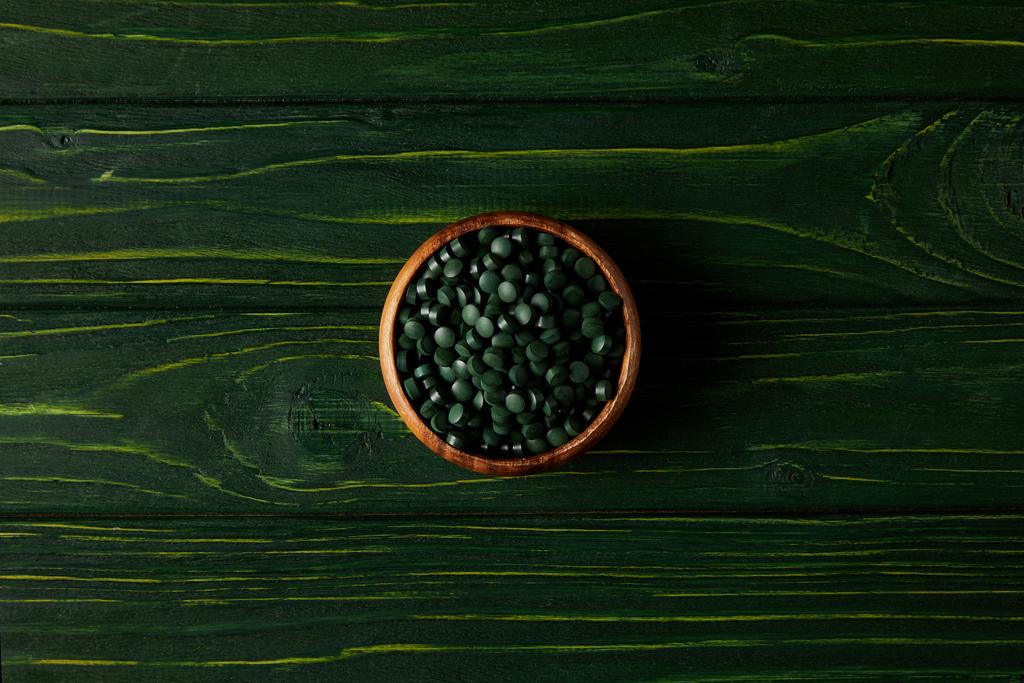
Spirulina algae and sustainability?
This is different again in the famine areas of this world. The nutrient-rich algae, which can also be cultivated in otherwise rather infertile areas, helps to compensate for malnutrition. With the high proportion of proteins, beta-carotene and iron, it combats precisely those deficits which, according to the WHO, are particularly problematic in famine areas. And without consuming precious, clean fresh water, it thrives best in salt water. This gives the spirulina algae a lot of plus points from a sustainability point of view.
The strong conversion of carbon dioxide into oxygen, which the microalgae cause during their growth, provides further plus points. However, if you include the transport from the countries of origin to Europe, the ecological balance is no longer so impressive. So, the sustainability of spirulina is strongly related to where it is consumed.

